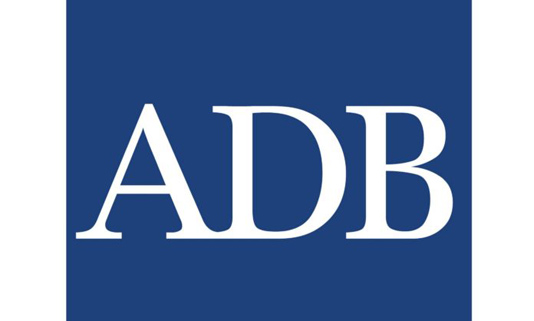DHAKA, Aug 21, 2019 (BSS) – The Asian Development Bank (ADB) has
underscored the need for exploring the potential of the Meghna River as an
alternative water source for the Dhaka dwellers.
It also describes the fragile state of the city’s current drinking water
supply due to increasing demand and surface contamination.
The donor agency made the remarks at its publication for August 2019,
titled “Protecting the Meghna River: a sustainable water resource for Dhaka”
which was published at its website here today.
In the publication, ADB assess the threats the Meghna River faces and
identify the protection measures needed to ensure that; so that it can become
a sustainable and safe supply of drinking water. These measures include
designating ecological critical areas, promoting cleaner industrial
production, monitoring pollution, controlling wastewater discharges and
pesticide use, and empowering local stewardship of the river.
As per the publication, In Dhaka, Bangladesh, mounting pressures have
forced decision makers and planners to look for alternate sources of drinking
water. Surface water near the city is heavily contaminated, and groundwater
under the city is insufficient to meet current demand. Furthermore, rapid
population growth is putting additional strain on an already scarce resource.
Fortunately, a viable solution exists in the Meghna River, which is
located a mere 30 kilometers east of Dhaka. In the coming years, this source
is expected to provide more than 40 percent of the drinking water for Dhaka’s
20 million residents.
For this to be a feasible solution, a number of steps need to be taken in
order to ensure the sustainability of this water source. The quality of
Meghna River water is still reasonably good, but scenarios suggest it could
become too polluted for drinking within the next 5 years.
For protecting the river from pollution, ADB observed that strong
monitoring and enforcement by the government will be necessary to avoid
pollution and maintain good water quality supply in the Meghna River.
The joint institutional setup by Department of Environment (DOE) and Dhaka
Water Supply and Sewerage Authority (DWASA) and collaboration with local
administration should be an effective arrangement, and avoiding river
pollution by declaring an Ecological Critical Area (ECA) for the protection
of biodiversity will in turn protect the two water intake points.
The newly declared economic zones in the Meghna River area should have
state-of-the-art production methods with adequate treatment facilities or
central Effluent Treatment Plant (ETP) to minimize the waste load to the
river.
Small and medium-sized industries that do not have an ETP or operate
poorly must be brought under compliance, and cleaner production is
recommended to reduce discharge load and maximize profit. Municipal solid
waste and wastewater should not be directly discharged into the river.
The DOE should take appropriate action in applying its regulatory
instruments like site clearances and environmental clearance certificates. It
should require all new development proposals along the Meghna River to
include assessment of the cumulative impacts on water quality.
The river water quality monitoring programme conducted under the Technical
Assistance (TA) should be continued by the government and a continuous
monitoring system with an early warning facility should be established at
both intake points.
Together, these measures executed in earnest should help in protecting the
water quality of the Meghna River for Dhaka’s sustainable water supply.



